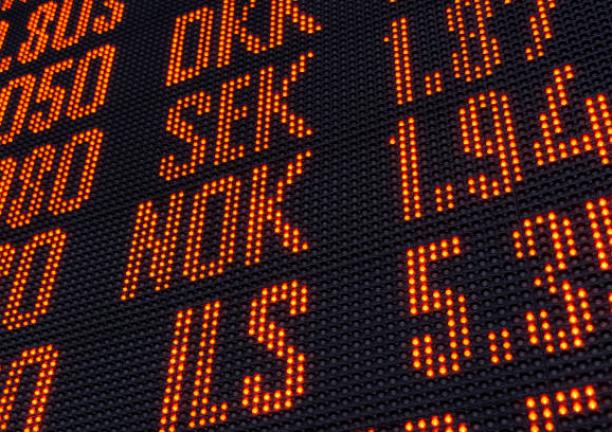The Bottom Line: The ETF industry will experience the highest number of sustainable ETF closures, as so far in 2022 nine ETFs have been delisted.
0:00
/
0:00
Sustainable ETFs classified by fund net assets and number of funds in each asset category Notes of explanation: Sustainable ETF assets as of October 31, 2022 dimensioned by assets size, with total net assets in each size category along with the number of funds. Fund assets and expense ratios source: Morningstar Direct. Otherwise, Sustainable Research and Analysis LLC.
Notes of explanation: Sustainable ETF assets as of October 31, 2022 dimensioned by assets size, with total net assets in each size category along with the number of funds. Fund assets and expense ratios source: Morningstar Direct. Otherwise, Sustainable Research and Analysis LLC.
Observations:
- The ETF industry this year will experience the largest number of sustainable ETF closures. So far in 2022, nine ETFs have been delisted, or 4.1% of ETFs as of October 31st. This compares to two sustainable ETFs in 2021, six ETFs in 2020 and seven ETFs in 2019. It also compares to just three mutual fund year-to-date closures.
- The average net assets of the nine funds delisted so far this year stood at $2.6 million, calculated based on the delisted fund’s net assets as of the prior year-end. These funds ranged in size from a low of $364,583 to a high of $5.8 million in net assets. In previous years 2021, 2020 and 2019, average net assets prior to liquidation were $9.5 million, $21.9 million and 11.3 million, respectively.
- Six of the nine funds delisted this year pursued narrowly based thematic mandates or strategies, including for example, waste reduction, climate change, LGBTQ or price momentum. These include: Amplify Cleaner Living ETF, Direxion World Without Waste ETF, iClima Climate Change Solutions ETF, Impact Shares MSCI Global Climate Select ETF, LGBTQ100 ESG ETF, and Trend Aggregation ESG ETF. The other three funds are general equity ETFs or a broad-based bond fund that include AVDR US LargeCap ESG ETF, First Trust TCW ESG Premier Equity ETF and AdvisorShares North Square McKee ESG Core Bond ETF.
- Depending on the fund’s expense load, between $25 million in assets or $30 million in assets or so are required to operates the fund on a financial break-even basis. Unless subsidized by the investment management company, funds that are unable to pull in additional assets to take them beyond these beak-even levels are more likely to be liquidated. At present, the assets of 109 sustainable ETFs or just short of 50% of total ETF assets, fall below the $30 million level. These funds are more highly exposed to liquidation risk. That said, the stock and bond market declines since the start of the year are a contributing factor and this development may persuade ETF sponsors to extend the life of these investment vehicles pending the resolution of market uncertainties.
- Smaller funds tend to have higher expense ratios, as reflected by the differential between the 27-basis points (bps) average expense ratio for the largest ETFs and the average expense ratio of 46 pbs applicable to funds with assets up to $30 million. Also, smaller portfolios may not reach asset levels that allows them to be managed optimally, relative performance may lag, seed capital may dominate the investor base and could be pulled out at inopportune times. This, in turn, may lead to the untimely liquidation of the fund. In addition to the untimely liquidation risk, shareholders would have to book capital gains or losses upon liquidation.
- Unless investors are committed to a particular theme or strategy and are willing to sustain lower rates of return and/or bear the liquidation risk, larger funds and lower expense ratios should continue to guide their investment decisions.





